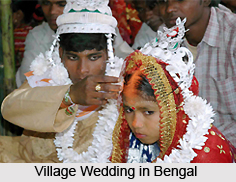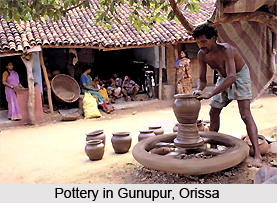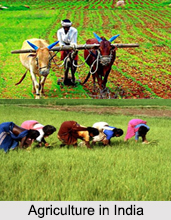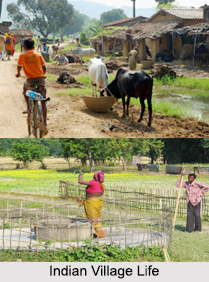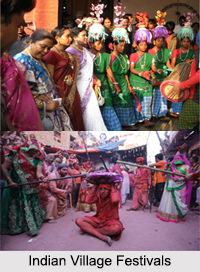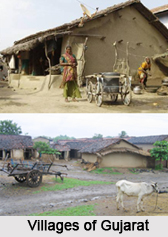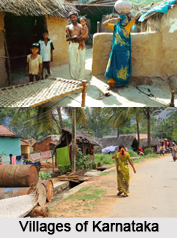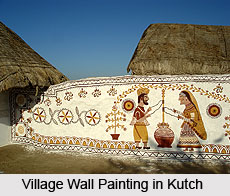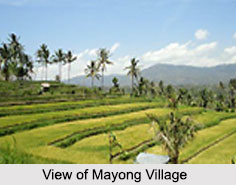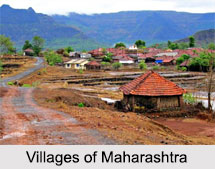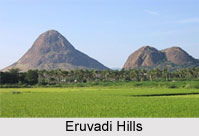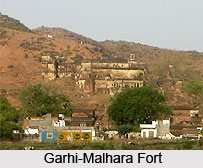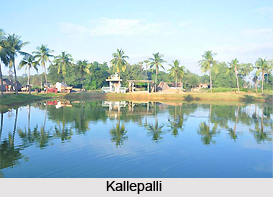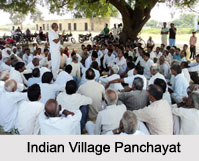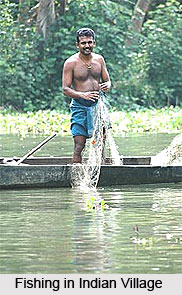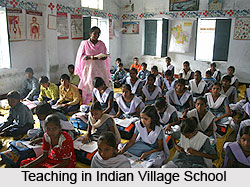Nambiyur is an example of a panchayat town and also panchayat Union lying in the Erode district of the same sate of Tamil Nadu. It falls under the jurisdiction of Gobichettipalayam Taluk of same district.
The popular saying is that this Nambiyur town got its name from Nambi . He is a king of little stature. His reference also has been found in one of the Eswaran Kovil stone sculptures.
Knowledge about geographical location of any town helps a person to understand its characteristics in a better way. It lies approximately at 11.37° N 77.33° E. It has an average height of 301 meters or 987 feet.
For identifying a town it is inevitable on the part of any person first to develop acquaintance with its demographical traits thoroughly. There are several demographers who have worked diligently so that they could gather important demographical facts and thus prepared reports accordingly. A special mentioning may be made of the Census report of a specific year. Being published in the year 2001 it throws light on several aspects like literacy rate, population status etc. As per this report the total population of Nambiyur has been enumerated to be15, 651. If one delves deep into the report one can also throw some light on the status of males, females as well as children. An interesting observation is about Nambiyur males and females. The report has stated that both male and female populace of Nambiyur are in equal proportion. Thus male populace constitutes 50 % of the total population and also the female populace is the same. In Nambiyur, children who are below six years of age constitute 9 % of the population.
Literacy rate acts as vital information about Nambiyur. It is to be noted that Nambiyur town`s average literacy rate constitutes 58 %, which is even lower than that of the entire nation. 59.5 % is the average literacy rate of India. In Nambiyur, males are erudite which constitutes 67 %. In comparison female literacy rate is less and thus constitutes 50 %.
To sustain their living people have adapted to various occupations. Agriculture is one of the chief occupations of the Nambiyur people. One can also find spinning mills in and around this region.
For facilitating connectivity with other places, Nambiyur is well connected by road ways. Bus services too are available. One can access places like Gobichettipalayam , Coimbatore , Sathyamangalam Kunnathur ,Tiruppur and Punjai Puliampatti.
There is dearth of temples in the heartland of Nambiyur. Thanthonri Eswarar Kovil,Thiru Vikaraman Narayana Perumal Kovil, Sedru (Mud)Mariamman Kovil,Kamatchi Amman Kovil deserve special mentioning.
